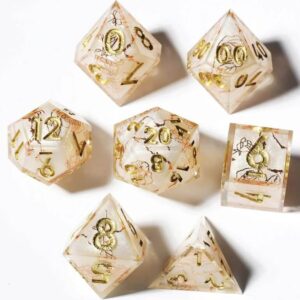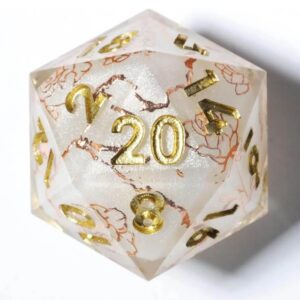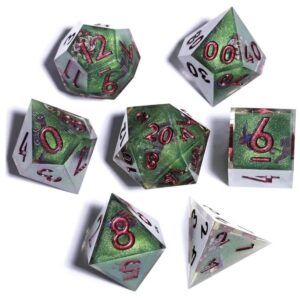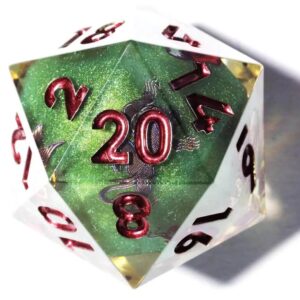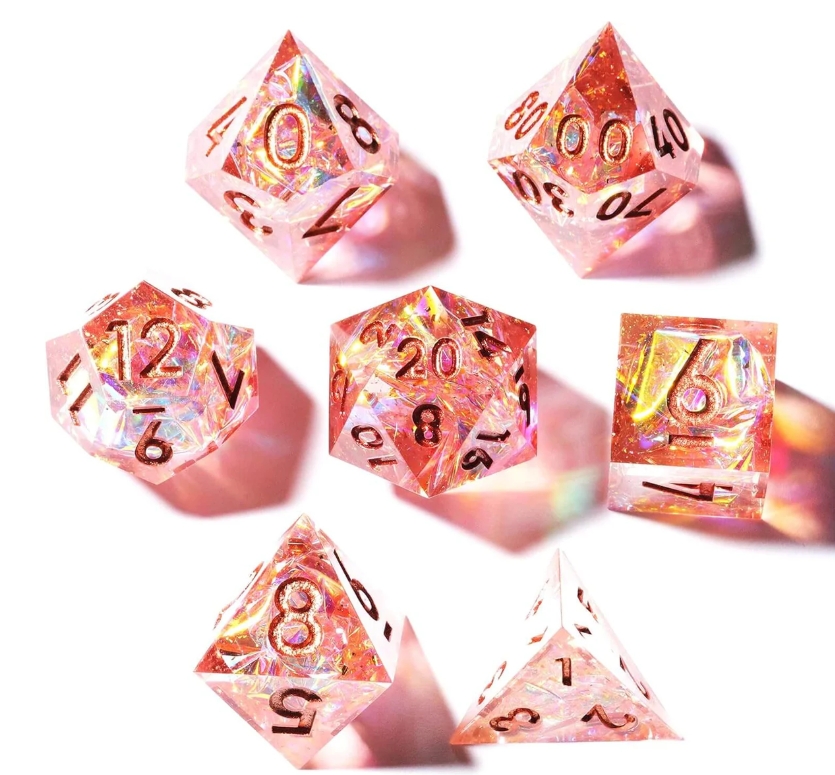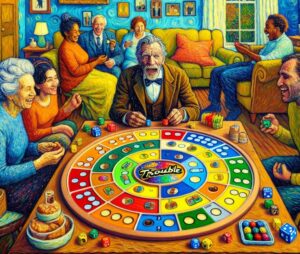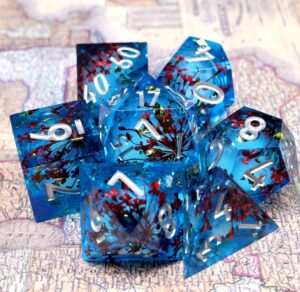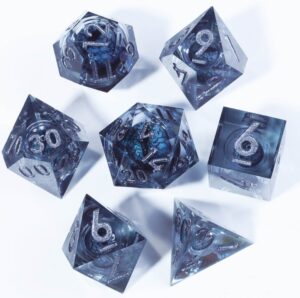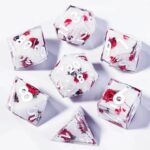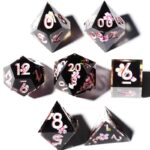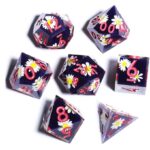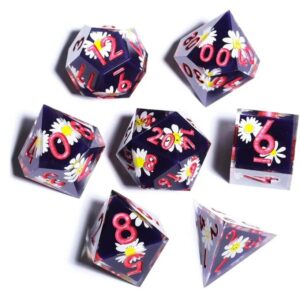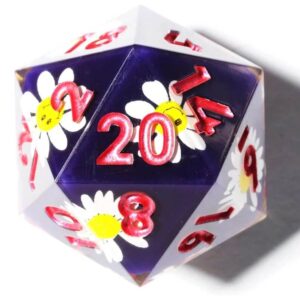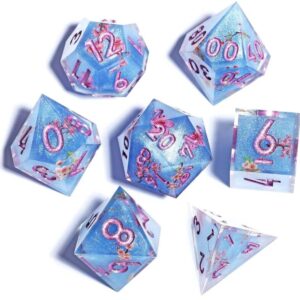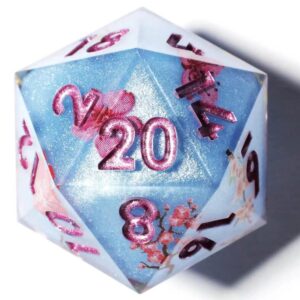Many role-playing games use a variety of different dice. The most prominent is the Dungeons & Dragons Dice set, sometimes called DND dice. Due to its popularity, DnD board game dices usually sold in sets of seven dice and matching designs.
You can find them in a variety of colors, materials, and styles, including iridescent, dark, and metallic dice. Depending on the type, specialty dice sets can be expensive, but many collectors and avid gamers are willing to pay the cost.
7 pieces DnD Board Game Dices Introduction
The seven dice come in six different shapes. Five of the dice shaped like Platonic solids, polyhedral dice with polygonal visible faces. Another board game dice is a trapezoid of five sides, a ten-sided die with a kite-shaped face. One of the dice has an area of ten. This allows the pair of ten-sided dice to combined to generate numbers between 1 and 100.
DND Dice Set
| Notation | Shape | Number of Faces/Sides | How to Read |
| d4 | Tetrahedron | 4 equilateral triangles | Four-sided dice do not have a side that faces upward, so the dice must be read differently. Each face has three visible faces, such that the topmost number on all adjacent sides is the same. The upright number near the vertex represents the roll’s value. |
| d6 | Cube (hexahedron) | 6 squares | The upright number is the value of the roll. |
| d8 | Octahedron | 8 equilateral triangles | An eight-sided dnd board game dices die resembles two four-sided dice attached at the base. |
| d10 | Pentagonal Trapezohedron | 10 kites | Ten-sided dice have two sharp corners where five kites meet, and ten blunter corners, where three kites meet. The ten faces bear numbers from 0-9 (zero being treated as 10 in many cases). Odd- numbered faces often converge at one sharp corner, and the even-numbered faces at the other. The sum of the numbers on opposite sides is usually 9. |
| D100 or d% | Pentagonal Trapezohedron | 10 kites | A dice set with one d10 die and a second 10-sided die with faces numbered in multiples of 10, ranging from 00 to 90. When rolled with a d10 and added together, this gives an equal chance of every number from 0 to 99. The terms d% and percentile dice refer to the same set of 10-sided dice. |
| d12 | Dodecahedron | 12 regular pentagons | The sum of the numbers on opposite faces is 13. |
| d20 | Icosahedron | 20 equilateral triangles | The sum of the numbers on opposite faces is 21. The d20 is the main die used in the resolution mechanic for Dungeons and Dragons. The term “d20 games” refers to games that use the D20 system of dice. |



